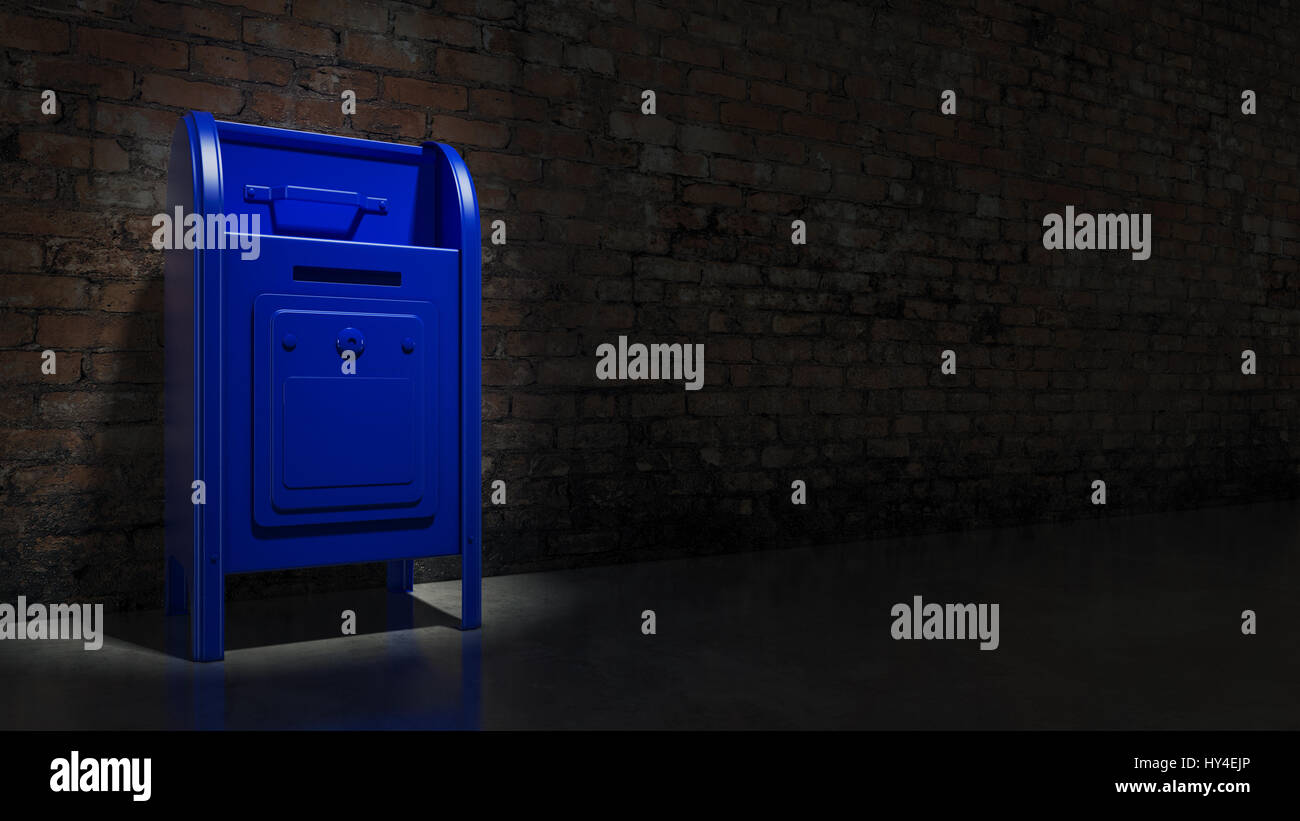
Mailbox has grown unbelievably quickly. During that growth, one performance issue that impacted us was MongoDB's database-level write lock. The amount of time Mailbox's backends were waiting for the write lock was resulting in user-perceived latency. While MongoDB allows you to add shards to a MongoDB cluster easily, we wanted to spare ourselves potential long-term pain by moving one of the most frequently updated MongoDB collections, which stores email-related data, to its own cluster. We theorized that this would, at a minimum, cut the amount of write lock contention in half.
Anti-Theft Secure Drop Mailbox Many homeowners and small businesses (including home based businesses) rely on a secure drop mailbox to help prevent package and identity theft. If you receive regular package delivery from The USPS, FedEx, UPS, EBay, or Amazon, having a secure drop mailbox with a lockable parcel box is a necessity. Dropbox is doing away with Mailbox, the email app it acquired in March 2013, and Carousel, the company's attempt at a standalone photo management app.The company says that it's making this. Your email address is your username for your Dropbox account. If you're not sure what the email address on your Dropbox account is, you can find it from a device you linked to your account, through a folder you shared, or through your payment information if you purchased a subscription.
While we could have chosen to scale by adding more shards, we wanted to be able to independently optimize and administer the different types of data separately.
I started by poring through the MongoDB documentation. I quickly found the cloneCollection command. However, to quote the MongoDB 2.2 documentation: ' cloneCollection cannot clone a collection through a mongos: you must connect directly to the mongod instance.' In other words, you can't use this command with a sharded collection. You can't use renameCollection on sharded collections either, closing off other possibilities. New bullards bar reservoir weather. There were other possible solutions, but they all would've impacted performance for Mailbox users or would have simply failed to work at Mailbox's scale.

Mailbox has grown unbelievably quickly. During that growth, one performance issue that impacted us was MongoDB's database-level write lock. The amount of time Mailbox's backends were waiting for the write lock was resulting in user-perceived latency. While MongoDB allows you to add shards to a MongoDB cluster easily, we wanted to spare ourselves potential long-term pain by moving one of the most frequently updated MongoDB collections, which stores email-related data, to its own cluster. We theorized that this would, at a minimum, cut the amount of write lock contention in half.
Anti-Theft Secure Drop Mailbox Many homeowners and small businesses (including home based businesses) rely on a secure drop mailbox to help prevent package and identity theft. If you receive regular package delivery from The USPS, FedEx, UPS, EBay, or Amazon, having a secure drop mailbox with a lockable parcel box is a necessity. Dropbox is doing away with Mailbox, the email app it acquired in March 2013, and Carousel, the company's attempt at a standalone photo management app.The company says that it's making this. Your email address is your username for your Dropbox account. If you're not sure what the email address on your Dropbox account is, you can find it from a device you linked to your account, through a folder you shared, or through your payment information if you purchased a subscription.
While we could have chosen to scale by adding more shards, we wanted to be able to independently optimize and administer the different types of data separately.
I started by poring through the MongoDB documentation. I quickly found the cloneCollection command. However, to quote the MongoDB 2.2 documentation: ' cloneCollection cannot clone a collection through a mongos: you must connect directly to the mongod instance.' In other words, you can't use this command with a sharded collection. You can't use renameCollection on sharded collections either, closing off other possibilities. New bullards bar reservoir weather. There were other possible solutions, but they all would've impacted performance for Mailbox users or would have simply failed to work at Mailbox's scale.
So, I wrote a quick Python script to copy the data, and another to compare the original versus the copy to ensure data integrity. Along the way, I encountered many surprises. For example, a single Python process using gevent and pymongo can copy a large MongoDB collection in half the time that mongodump (written in C++) takes, even when the MongoDB client and server are on the same machine.
Usps Mailbox Dropbox
Our experiences have culminated in Hydra, our newly open-sourced set of tools we've developed for MongoDB collection migration.

